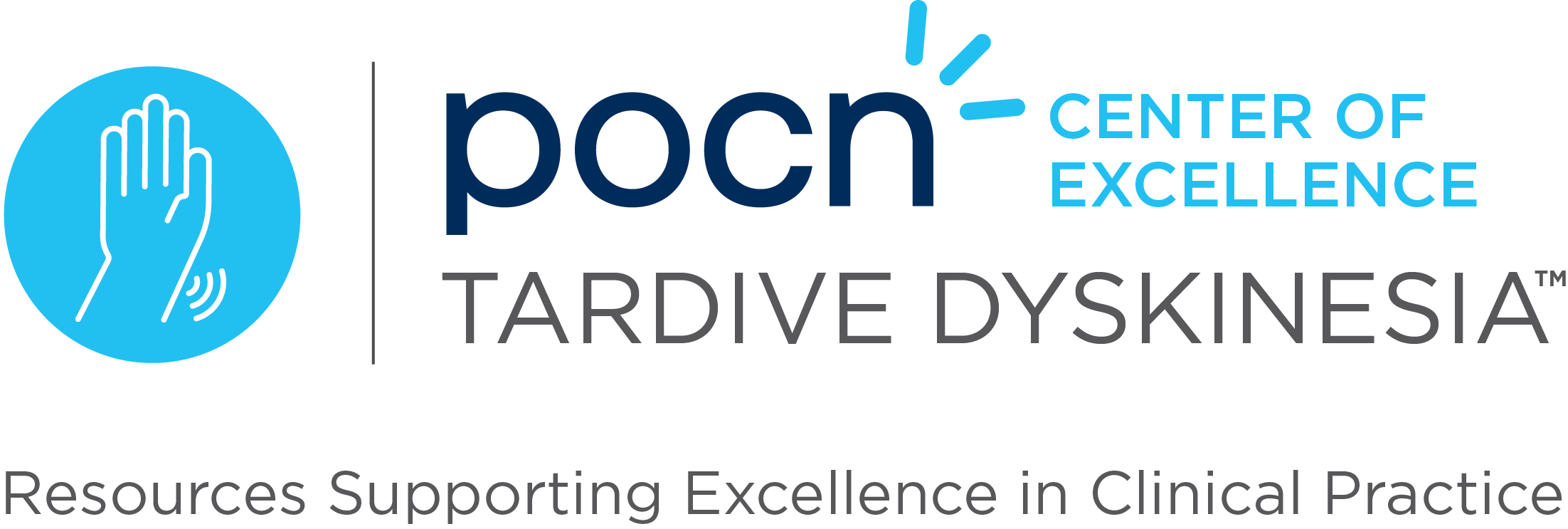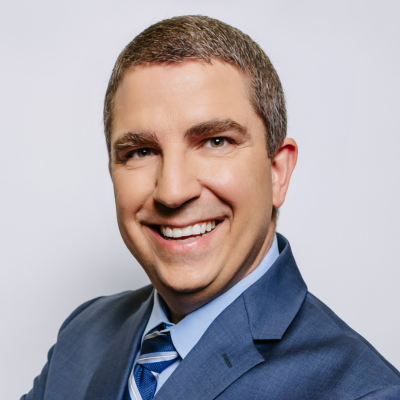This article covers symptoms, causes, and treatments for tardive dyskinesia and dystonia, both triggered by medications used for mental disorders, especially antipsychotics. Tardive dyskinesia results in involuntary facial movements, while dystonia causes sustained muscle contractions, often affecting the head and neck. While tardive dyskinesia develops gradually and may persist after medication cessation, dystonia can onset rapidly and stem from various causes including infections, tumors, or genetic factors.
Treatment for tardive dyskinesia typically involves reducing medication dosage and may include VMAT2 inhibitors, clonazepam, or ginkgo biloba. In contrast, dystonia is commonly managed with anticholinergic medications, with alternatives like antihistamines or benzodiazepines if needed. Severe cases may require botulinum neurotoxin injections or deep brain stimulation. Prevention focuses on careful medication prescription and monitoring for emerging symptoms to adjust treatment plans promptly.
Reference: Gasnick K. Tardive Dyskinesia vs. Dystonia: What Are the Differences? Verywell Health. Published October 12, 2021. Accessed April 9, 2024. https://www.verywellhealth.com/tardive-dyskinesia-vs-dystonia-5199533



